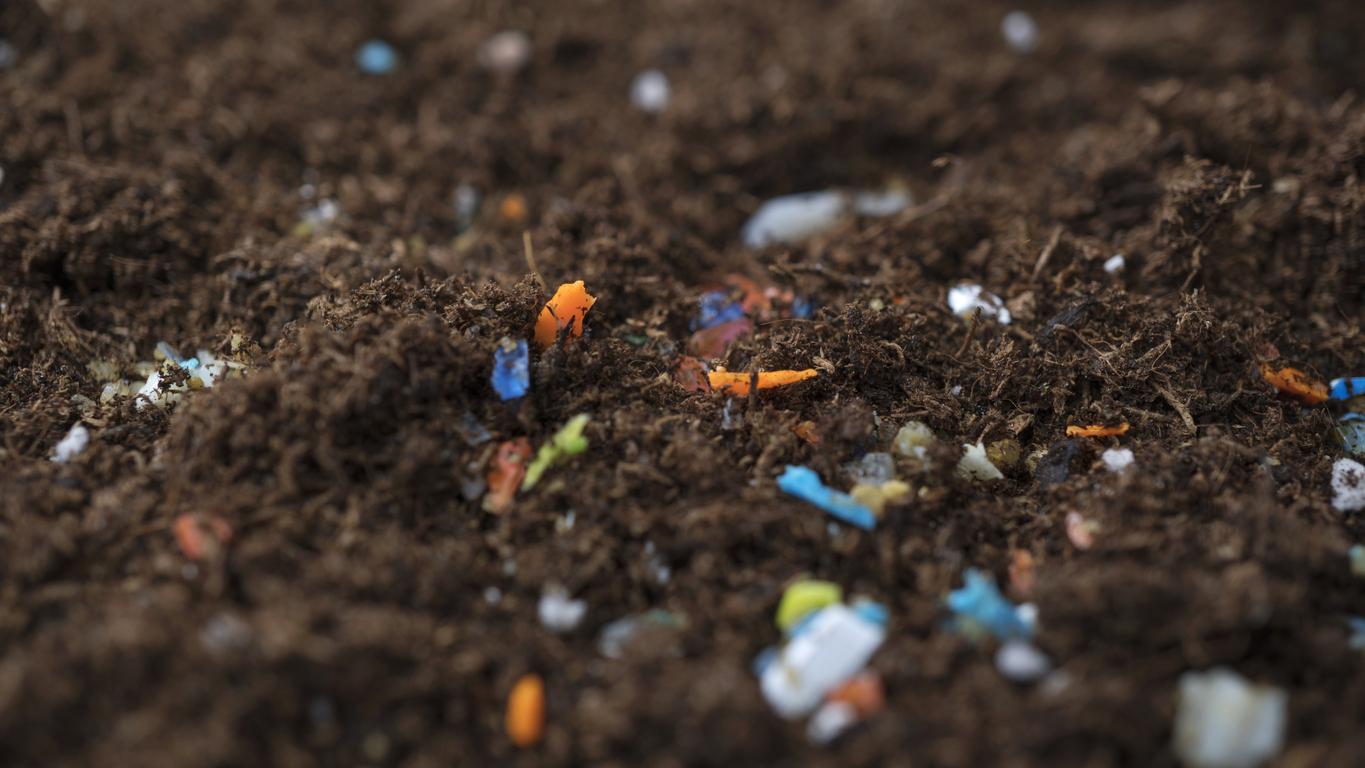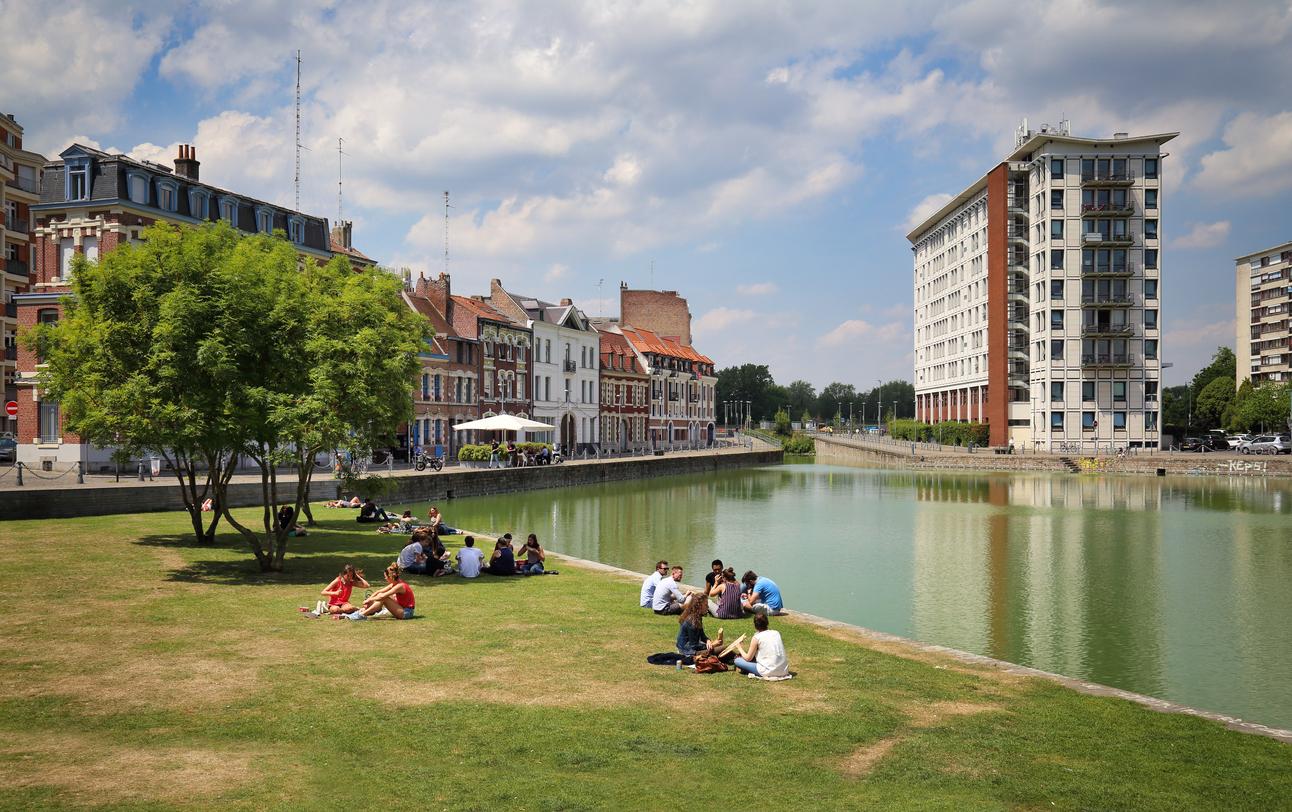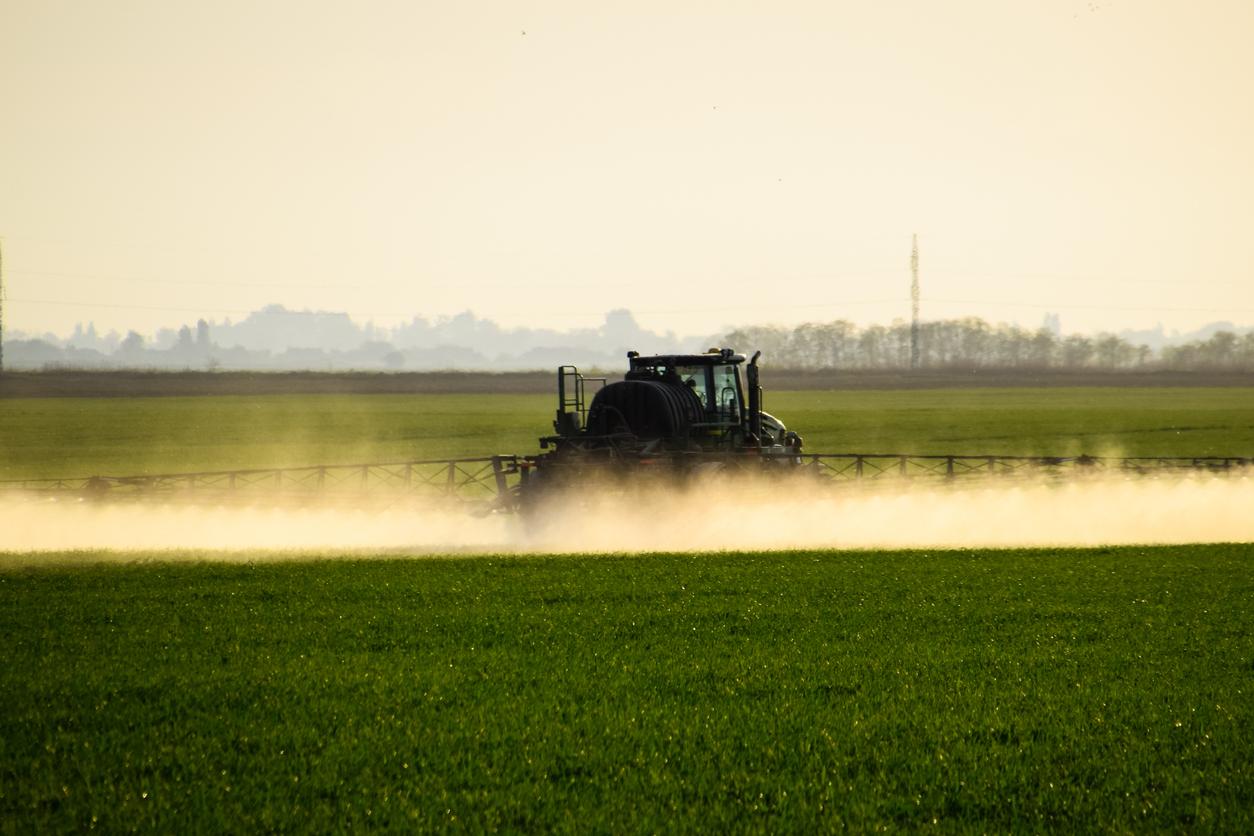The new decree on the spreading of pesticides in agricultural areas, currently being drafted, worries the associations which denounce the opacity of the negotiations.

The stakes are high and the period conducive to legislative changes. And yet, the decisions resulting from these negotiations risk being well below the health need for pesticides …
The government is in the process of drafting the new decree which will govern the spreading of pesticides in the agricultural environment, in particular around residential areas.
The current one, promulgated in 2010, expires in January 2017. Three ministries are supposed to participate in this drafting – Health, Environment and Agriculture. But while the copy must be returned in a few weeks for validation by the European Commission, the text under discussion seems to only carry the voice of the Ministry of Agriculture, reluctant to toughen the legislation.
“We are far from the Grenelle …”
In any case, this is what the associations denounce, which are trying to challenge the authorities a few days before the transmission of the final text. “Discussions have been going on for several weeks in a form of co-management that we thought was over between the agricultural” world “and the State within a committee, the famous CORENA (or standards committee) set up by the Prime Minister. in the emergency after the actions of farmers in 2015 ”, write the organizations gathered within Générations Futures.
In fact, the NGO, representing civil society, could only have access to version 11 of this text, which says a lot about the way in which the negotiations unfolded. “We are very far from a Grenelle type management of the environment where all the players have been involved …” sighs François Veillerette, spokesperson for Générations Futures.
Untreated areas
The new text therefore does not present any major progress, apart from the inclusion of untreated zones (ZNT) on the outskirts of residential areas or places welcoming “vulnerable groups”. The distances must be fixed among several values (5, 10 or 20 meters).
But, as Générations Futures points out, the risk is lower inside a building than outside. Children in playgrounds or residents in their gardens are directly exposed to pesticides sprayed on surrounding crops.
“These ZNTs must be put in place as soon as the property lines (houses and adjoining gardens)”, insists Générations Futures, which campaigns for the distance to be calculated according to the toxicity of the products used and the types of crops concerned, “in particular for those with strong dispersion such as tall crops where this ZNT should be at least 50 meters ”.
And above all, there is nothing to ensure that these ZNTs will actually be included in the future decree since a few days ago, Manuel Valls announced that the 2016 decree would not present any changes compared to the one drafted there. ten years ago. And this, despite the accumulation of scientific evidence on the toxicity of synthetic plant protection products. Despite, also, the increasing number of legal proceedings, undertaken by residents tired of being poisoned in their own homes, or by agricultural workers, the first victims of pesticides.
.















